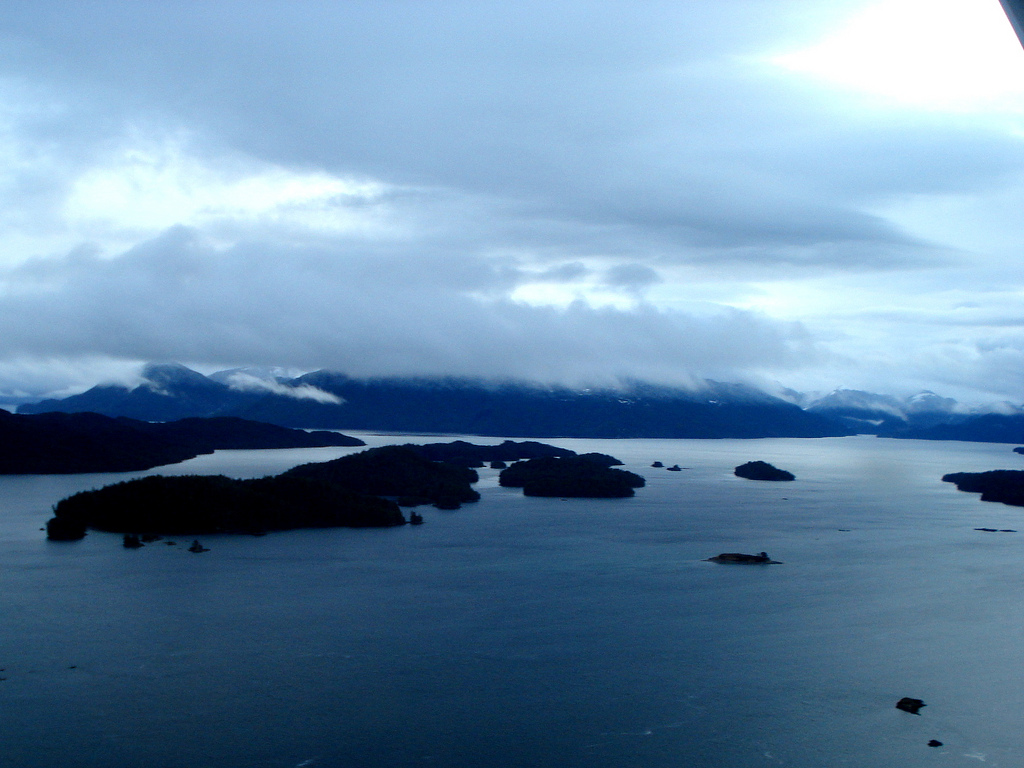We’re at a watershed moment for Canada, one where we have the opportunity to carry on as we always have in our relationship with Indigenous peoples, or one where we can move forward in new, more respectful ways. Which path will we choose?
On June 17, the federal government signalled that it was content with the status quo when it approved construction of the Northern Gateway pipeline, a bitumen viaduct that will cross the Arctic and Pacific Ocean watersheds, travelling though the traditional territories of more than 100 First Nations. While the approval is conditional on meeting the review panel’s 209 recommendations and improving relations with Indigenous Peoples along the pipeline’s path, the review panel’s ecological conclusions have been critiqued by a panel of 300 scientists, and the consultation process with First Nations has been characterized by government’s own experts as deeply flawed.
KAIROS: Canadian Ecumenical Justice Initiatives is making the connections between ecological justice and Indigenous rights in a program called Watershed Discipleship. Bringing together biblical and theological reflection with hands-on environmental experience and social analysis, KAIROS is exploring how the environmental and Indigenous rights issues in our own backyards — our own watersheds — are part of larger Canadian and global justice struggles. And, we’re committing to take action.
What would the world look like through a watersheds lens?
If you looked at a political map of continental North America, you would see a brightly coloured array of 62 assorted shapes — the political divisions among 10 provinces, 3 territories, and 49 states.
If you looked a watershed map of continental North America, you would see 5 enormous, variegated shapes which follow the contours of the landscape — coasts, mountain ranges, tundra, arctic, prairie, and desert. And through these shapes flow rivers and streams, pausing in small ponds and huge lakes before pouring into the oceans that surround this continent.
The Arctic Ocean, the Pacific Ocean, Hudson Bay, the Gulf of Mexico, and the Atlantic Ocean: these are North America’s watersheds, the lands and the waters that feed and sustain us all. Through the oceans they are connected to watersheds around the world, and through these waters, we are connected to brothers and sisters across the planet. They are connected to each other; they connect us.
When you look at the world through the political lens, all you see is division. When you look through the watersheds lens, all you see are connections — and the mutual responsibility we have to each other and the earth.
This is especially important as we approach June 21, National Aboriginal Day, described on the Aboriginal Affairs and Northern Development Canada website as “a special day to celebrate the unique heritage, diverse cultures and outstanding achievements of First Nations, Inuit and Métis peoples in Canada.” Proclaimed a mere five months before the final report of the Royal Commission on Aboriginal Peoples, it is also a time, as former Governor General Roméo Leblanc noted in his proclamation, to acknowledge the unquestioned place of Aboriginal rights in Canada.
For KAIROS, National Aboriginal Day is very much about how we might live into that acknowledgement of Indigenous Rights, how we live into right relationship. It has a particular resonance this year, as we look towards another set of recommendations — those of the Truth and Reconciliation Commission, which will be released a year from now. In 1996, the final report of the Royal Commission was placed on a shelf and never fully enacted. What will become of the TRC report?
So here we sit, at a watershed moment. What will we do, as Canadians, as Christians, as watershed disciples?
First Nations are already organizing creative actions to fight the pipeline as a threat to ecosystems and human health, and as a violation of their right to Free, Prior, and Informed Consent under the UN Declaration on the Rights of Indigenous Peoples. How will we join them? How will we commit to ongoing reconciliation in the context of Northern Gateway, and as we approach the final TRC report in a year’s time?
We are all in this watershed together; what will we do to help it see justice?
For more information and to become involved, please visit www.kairoscanada.org
Sara Stratton is Member Relations and Campaigns Coordinator at KAIROS Canada.
Photo of coastal islands near Kitkatla, B.C., by Katy Quinn/KAIROS



